If a woman has a bladder pain, and this discomfort is supplemented by other unpleasant symptoms, then you need to urgently consult a doctor. Do not ignore the warning signs. Because in the early stages of the pathology associated with the genitourinary system, they respond to treatment much faster than in a neglected state.
Now it’s worth discussing in detail what symptoms indicate symptoms of a woman’s bladder in women, what are their background, and what are the principles of therapy.
Cystitis
This is perhaps one of the most common diseases of the category under discussion. The symptoms of this bladder problem in women are as follows:
- Frequent urination, accompanied by pain.
- Discomfort felt in the lower abdomen.
- Fever.
- An admixture of blood in the urine.
- Turbid urine.
The pain can be different. Very rarely, in about 10% of cases, cystitis is painless. A woman can only be bothered by a feeling of fullness and slight discomfort. But in other cases, the pain is unbearable and spreads to the back.
Most often, cystitis occurs for the following reasons:
- Fetal bearing and childbirth.
- Stagnation of urine.
- Genital infection.
- Hormonal disorders.
- Hypothermia.
- Ignoring the rules of intimate hygiene.
- Improper nutrition and vitamin deficiency.
- Surgery on the urinary organs and cervix.
Diagnosis of this disease of the bladder in women involves the delivery of blood and urine for analysis (for general and for inoculation according to Nechiporenko), as well as ultrasound, cytoscopy and urethroscopy.

Cystitis treatment
As a rule, doctors include anti-inflammatory drugs and antibiotics in the therapeutic process. Such treatment quickly helps get rid of such a popular bladder problem in women. Symptoms begin to go away pretty quickly - the main thing is not to delay the diagnosis.
Selection of drugs is carried out individually. The following drugs are most popular:
- “No-shpa” (2-3 times a day, the daily norm is 120-240 mg) and “Papaverine” (3-4 times 40-60 mg each). These remedies help reduce smooth muscle tone and eliminate cramping.
- "Biseptolum" - 2 tablets twice a day, for 3 days.
- "Monural" - 2 hours after a meal, once 3 mg.
- "Nolitsin" - 1 piece 2 times a day, the course lasts 3 days.
- "Cyston" - 2 tablets in the morning and evening.
- "Fitolizin" - 3-4 times a day for 1 tsp. pasta diluted in half a glass of warm water with sugar.
- “Kanefron” - 50 drops three times a day. Dilute with a small amount of water before use.
It is forbidden to independently choose drugs for treatment. Antibiotics for bladder disease in women are prescribed by a doctor! What can benefit health in one case can aggravate the situation in another. That is why before starting treatment, a detailed diagnosis is carried out.
If the disease has a relapsing form, then in addition to symptomatic and etiotropic therapy, instillations, UHF, intravesical iontophoresis, magnetotherapy, inductometry, and magnetolaser therapy should be done.
Overactive Bladder Syndrome
This is another common reason why the bladder often hurts in women. This syndrome is characterized by frequent urination. Unfortunately, this is often accompanied by incontinence. The human bladder consists of muscles, which means that with this ailment, the patient is simply not able to suppress the emission of urine.
With this type of disorder, muscle tissue reacts even to the smallest accumulation of fluid. The girl constantly feels the fullness of the bubble and can visit the toilet room several times per hour. In this case, a very small amount of urine is excreted.
The reasons why many women have a weak bladder include the following predisposing factors:
- A variety of disorders of the structures of the brain or spinal cord. It can be traumatic brain injuries, oncology, bruises, injuries, complications after surgery.
- Diabetes.
- Disorders of the nervous system.
- Mental retardation.
- Congenital pathologies affecting the structure of the urinary canal.
- Strokes.
- Hormonal changes.
Diagnosis is not particularly difficult in the case of this disease of the bladder. Symptoms in women are very characteristic, but nevertheless one can not do without an examination.
First, the doctor will find out detailed information about the frequency of visits and the approximate amount of urine excreted. Then he will analyze the medical history of relatives, examine the hereditary factor. Then you will need to donate blood and urine for analysis. In conclusion, an ultrasound of the bladder, MRI, examination of the canal with a cystoscope, radiography and an urodynamic study of a complex nature are performed.
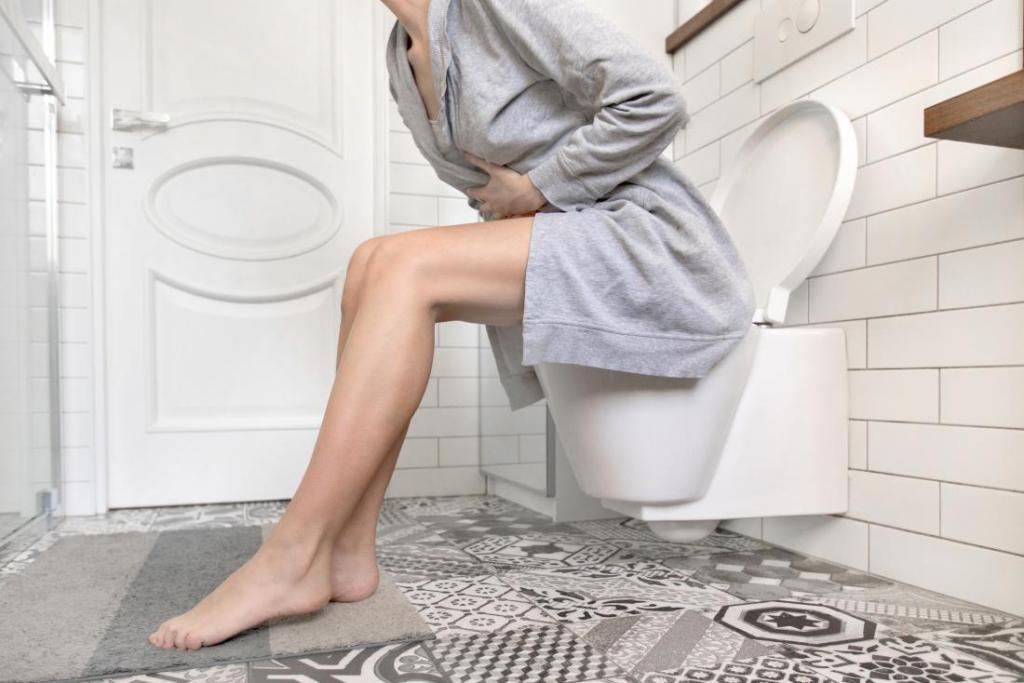
Syndrome treatment
After familiarizing yourself with the symptoms of bladder problems in women, you can proceed to consider the principles of therapy. Her main task is to learn to control the urge and restrain them, if necessary. The complex includes the following events:
- Reception of individually selected medications (which exactly depends on the causes of the pathology).
- Performing physical exercises that can help strengthen the pelvic muscles.
- Current treatment and electrophoresis, acupuncture and electrical stimulation.
- Observance of the correct daily routine. At least 8 hours should be allocated for sleep, and still not drink liquid before bedtime.
- Avoiding stress of any nature, bringing active pastime into your life.
A more detailed answer to the question of how to treat the bladder in women in this case can be given by the doctor after the examination.
If all else fails, then surgery is likely to be indicated. There are several types:
- Additional supply of nerves of the bladder.
- The introduction of a sterile fluid that increases the size of this organ.
- Substitution of part of the bladder with intestines.
- The introduction through injection of special drugs that can disrupt the transmission of nerve impulses.
- Removing a specific part of an organ while preserving the mucous membrane.
Of course, the appropriate type of operation is determined by the doctor, guided by the results of the examination.
Urolithiasis disease
Another common, unfortunately, ailment. The cause of this bladder disease in women, the symptoms and treatment of which will be examined a bit later, is often one of the following:
- Violation of the level of acidity of urine.
- Poor quality tap water and poor ecology.
- Accumulation of carbonates, oxalates and phosphates.
- Inactive lifestyle.
- Chronic gastrointestinal diseases.
- Poor nutrition, passion for fried, salted, spicy dishes.
- Infectious pathologies.
- Congenital diseases of the bladder and kidneys.
- Genetic disorders.
- Prolonged immobility.
Common symptoms of this disease of the bladder in women include such manifestations as:
- Weakness.
- Nausea.
- Vomiting
- Renal colic.
- Pain syndrome.
- Problems experienced in the process of emptying the bladder.
In order to determine the size, type, and also the area of localization of stones, the doctor prescribes a comprehensive examination. It includes the following activities:
- Blood analysis. It helps determine the levels of total protein, uric acid and creatinine.
- Analysis of urine. With its help, the level of leukocytes and red blood cells is specified.
- Ultrasound of the bladder and kidneys.
- Excretory urography. Performed using a contrast medium.
- Survey urography. It allows you to understand how large the size of the calculus is and where it is located.
Upon completion of all these measures, the doctor will tell you how to treat the bladder. The woman will have individual therapy, prescribed taking into account the severity of the pathological process, the presence of inflammation or colic, as well as the type of calculi.
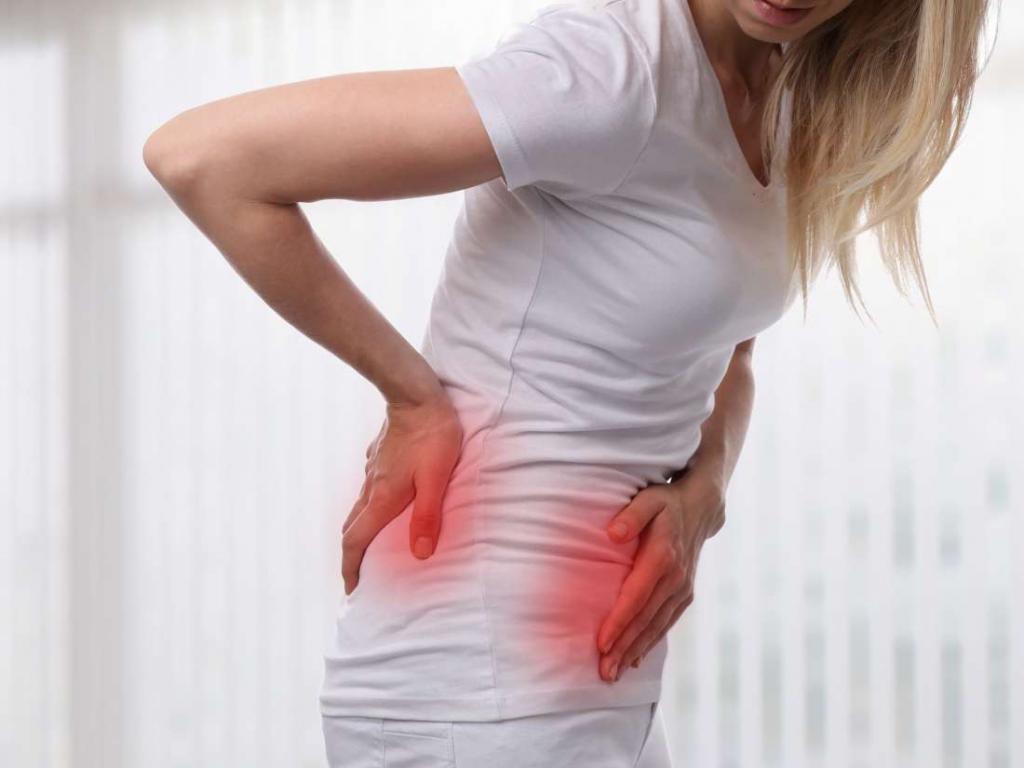
Treatment of urolithiasis
This problem with the bladder in women is not so easy to eliminate. Although modern medicine has such a large set of medicines that of them there is surely a drug that can gradually dissolve stony formations.
The most popular drugs are magurlite, Blemaren, Allopurinol. Boric and benzoic acid, as well as ammonium chloride, are still effective.
These funds can help in the treatment of bladder disease in women, if the size of the stones in diameter does not exceed 6 mm.
Also, the following drugs are often included in therapy:
- "Progesterone", affecting the alpha-adrenergic receptors of the ureters. It expands the diameter of the passages and reduces muscle tone.
- "Glucagon", which is a relaxant of smooth muscles, relaxing muscle fibers of the ureter. The result is an easy advancement of stones in the lumen.
- Alpha blockers. They have a relaxing effect on the smooth muscle fibers of the ureters.
- Non-steroidal anti-inflammatory drugs that reduce local swelling and relieve pain.
- Calcium channel blockers. Means of this group effectively eliminate spasms. As a result, the stones pass unhindered through the ureters.
Still need to take terpenes. These are drugs that increase the daily amount of urine, improve microcirculation in the organs of the urinary system and blood supply, and also have a bacteriostatic effect.
Palin, Kanefron, Cystine, Olimetin, Enatin and Fitolizin are distinguished by increased efficiency.
Talking about the specifics of this problem with the bladder in women and the treatment of this ailment, we must make a reservation that it is often accompanied by the addition of infection. In such cases, the doctor also prescribes antibiotics. These can be fluoroquinolones (Lomefloxacin and Ofloxacin), aminoglycosides (Amikacin and Gentamicin), as well as cephalosporins (Cefepim and Cefazolin).
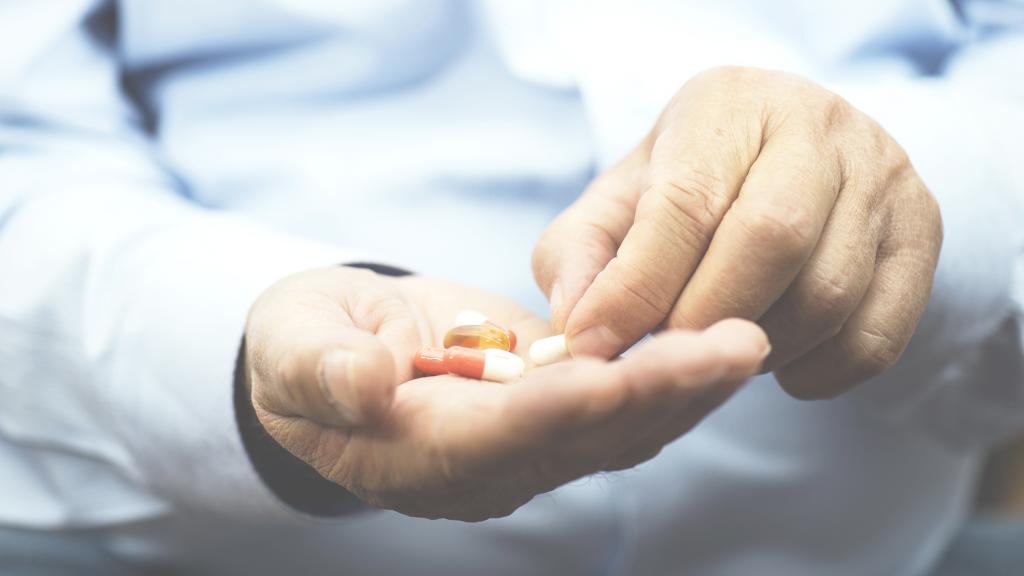
Bladder tumor
And this pathology needs to be paid a little attention. Unfortunately, pain in the bladder in women often indicates the development of cancer. In men, this is 5 times less common. The risk group includes representatives of the beautiful half of humanity, aged between 40 and 75 years.
It is still not known exactly what causes cancer. The assumptions are assumed to be as follows:
- Genetic predisposition, tripling of the seventh chromosome.
- Exposure to diseases of the genitourinary system.
- Living in areas with high levels of radiation.
- Swimming in polluted waters.
- The abuse of salty and high-protein foods.
- Nicotine addiction.
The first symptom of cancer is by no means bladder pain. In women, an early manifestation of oncology in this case is hematuria, in which part of the blood extracted from the affected area is mixed with urine.
Then the following symptoms join:
- Deterioration of fluid outflow.
- Discomfort in the lower abdomen.
- Acute pain in the urethra.
- The presence of sediment and unpleasant odor in urine.
- Kidney disease developing oncology.
In fact, these are rather erased signs of a bladder disease. In women, cystitis also manifests itself with these symptoms. And this is another reason why it is impossible to delay diagnostics. In this case, it is also comprehensive, and involves the following activities:
- Clinical and biochemical analyzes of the composition of blood and urine.
- Ultrasound of the pelvic organs and bladder.
- Cytoscopy.
- Tomographic scan of the kidneys.
- Cystography.
- Excretory urographic examination.
At the end of the examination, treatment is prescribed.
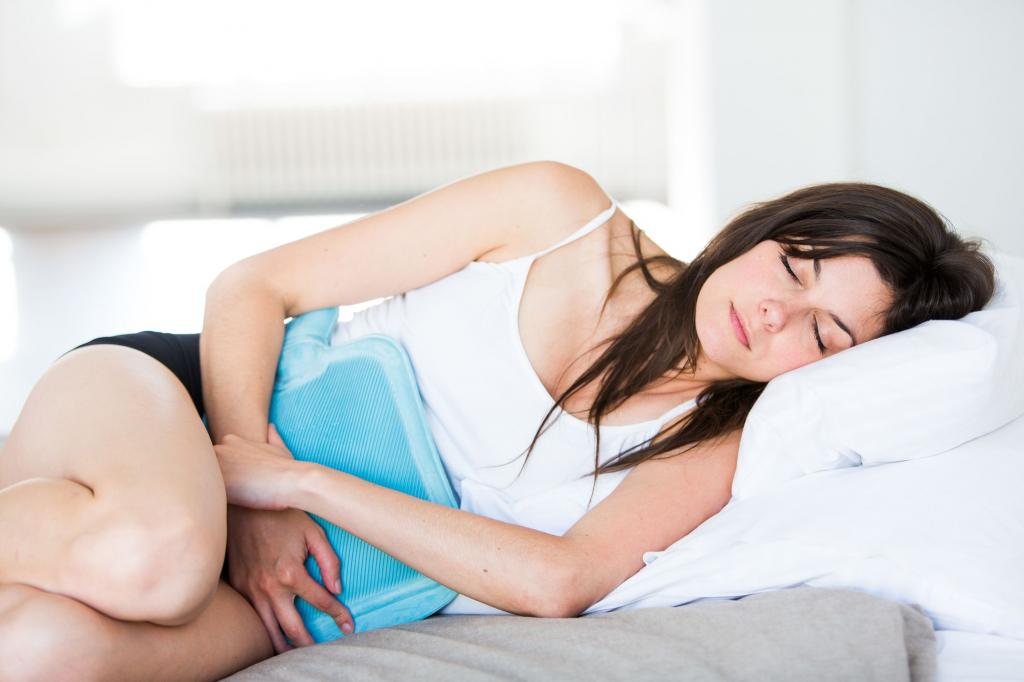
Fight against oncology
If the woman's signs of bladder disease are indeed indicative of cancer, she will be shown one of the following therapies:
- Resection. It implies partial removal of a part of an organ with superficial damage to the walls.
- BCG The vaccine is injected into the cavity of the bladder in order to fight cancer cells.
- Radical cystectomy. This is an extreme measure. Not only the affected organ is removed, but also those that are close to it - the uterus, appendages, even the urethra.
Unfortunately, in the latter case, survival over the next five years is reduced to 40%. Plus, in this situation, each urination is significantly complicated. Fortunately, modern medicine can offer three options for solving the problem:
- Artificial urinal. Such a device helps a woman to independently control the process of removing urine from the body.
- Stoma. Emptying will be through a special hole made in the abdominal wall. A urinal is installed there.
- Ureters embedded in the isolated intestine.
Talking about what diseases of the bladder women have, and what they are fraught with, it is fair to say that not all patients agree to such operations. Then the doctor offers an alternative - radiation and chemotherapy. This more loyal method can increase survival by up to 50%, or even up to 70%.
Is it possible to be healed? Doctors are never encouraging. But there is a chance if a woman seeks help at an early stage of tumor formation. The survival rate of patients with the first stage is 85%.
Bladder tuberculosis
Another serious pathology, the consideration of which must be given attention. Before listing the signs and symptoms of bladder disease in women, we must make a reservation that the cause of this ailment is Koch bacillus mycobacterium, which enters the body by airborne droplets.
The following factors contribute to the development of this pathology:
- Unfavorable living conditions.
- Poor nutrition.
- Weakened immunity.
- Bad habits.
- Accompanying illnesses.
If the infection enters the bladder, then the inflammatory process begins immediately. First, the openings of the ureters are affected. Then reflux develops (reverse urine reflux), tuberculous nodules form. They can merge with each other, ulcerate and become covered by necrosis. Gradually, the wound spreads to the deeper layers of the organ, overgrows with connective tissue, as a result of which scars form. And this is fraught with a change in the shape of the bladder.
At first, the disease is asymptomatic. But sooner or later, a woman begins to worry about the changes that occur with her body. It all starts with a breakdown and causeless weight loss. At night, excessive sweating and insomnia join.
Then the woman begins to notice increased urination. For a day she can use the toilet up to 20 times. Urination is accompanied by a feeling of discomfort in the abdomen, pains, pain and incontinence.
The disease progresses, subfebrile body temperature, migraine, chills and general signs of intoxication occur. When involved in the pathological process of the kidneys, discomfort extends to the lower back. Very rarely, the inflammatory process affects the uterus, prostate, ovaries and testicles.
By the way, since tuberculosis of the bladder always begins with lung damage, attention must be paid to the accompanying symptoms. In this case, they can be distinguished in the following list:
- Hemoptysis.
- Cough with sputum.
- Rapid pulse.
- Pale skin and its increased moisture, even stickiness.
- Disturbed blood pressure.
- Pain in upper torso.
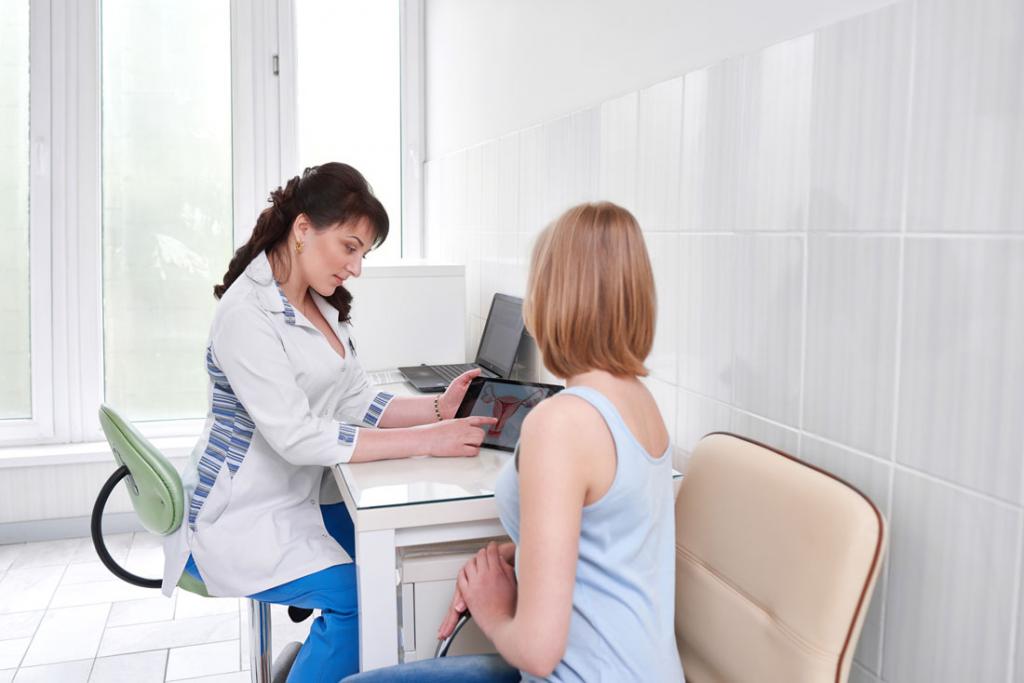
Tuberculosis treatment
Diagnostic measures are all the same. They are listed above. What about therapy? Genitourinary tuberculosis requires long-term treatment in special, specialized dispensaries. It usually takes 2-3 years. Yes, this is a very long time, but such treatment helps to achieve a stable remission, and also has a better effect on the quality of life.
As in all other cases, the treatment regimen is compiled individually. The doctor must take into account the stage of the disease and other physiological characteristics of his patient. Whatever the case, a complex antibiotic regimen, usually combined with anti-TB drugs, is usually prescribed.
The following medicines demonstrate the greatest effectiveness:
- "Protionamide".
- Ethambutol.
- Isoniazid.
- "Rifampicin."
- "Pyrazinamide."
Often, these agents are combined with fluoroquinolones. Ofloxacin is usually prescribed.
It is important to control the dynamics of the disease. For this, the patient must regularly pass urine so that it can be examined in the laboratory.
In the event that tuberculosis is in a state of neglect, and it is already fraught with pathological changes in organs, there is no way to do without surgery. The following indicators are distinguished for surgical intervention:
- Strictures of the pyelocaliceal part of the kidney, spermatic cord and ureter.
- Bladder reduction
- Lack of effectiveness from drug treatment.
- Disorders of the kidney, which are only progressing.
With timely diagnosis and competent treatment, the prognosis may be favorable.
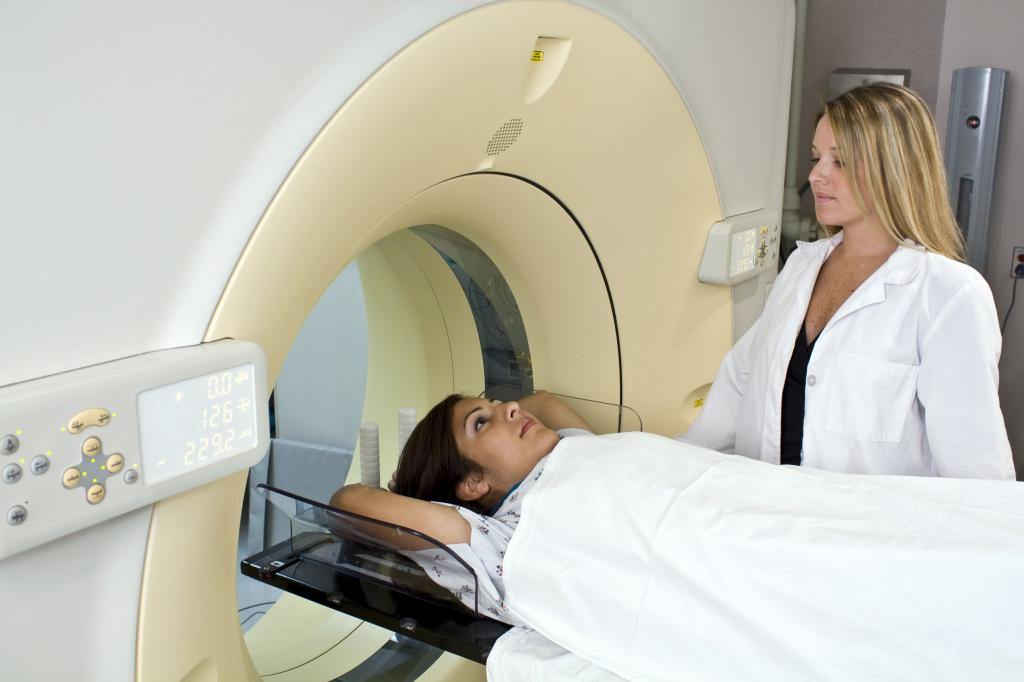
Prevention
So, above we talked about what are the diseases of the bladder in women. Of course, this is not the whole list. There are other pathologies, but they are much less common.
So at the end of the topic I would like to say about what needs to be done in order to maintain your urogenital system in a healthy state. So, you need:
- Strictly observe the rules of personal hygiene.
- Do not supercool.
- Avoid stressful situations, whatever they are associated with.
- Alternate work and rest.
- Drink at least two liters of clean water per day.
- Enough to move.
- Do not abuse salty, smoked and spicy foods, diversify your diet with vegetables, fruits and products containing vitamins with macro- and microelements.
- Timely diagnose infectious diseases, correctly treat them.
- Empty the bladder before and after an intimate relationship.
- Eat healthy and varied foods.
- In winter and spring, additionally drink vitamins.
You can still take various folk remedies for prevention (in the absence of contraindications, of course). For example, an infusion of herbs from St. John's wort, bear ears or lingonberries. It is prepared in an elementary way: you need to pour one tablespoon in a glass of boiling water and let it brew. Then drink 1 tbsp. l five times a day.
Sedentary baths are also useful. It is recommended to make them with the addition of infusion from a collection made on the basis of the same bear’s ears, bitter licorice, corn stigmas and birch leaves.
No less useful are decoctions of chamomile, calendula and St. John's wort. The main thing is not to abuse folk remedies. Everything should be in moderation, even if we are talking about natural ingredients.
And in the event that any unpleasant symptoms still appear, you must immediately make an appointment with a specialist. You can not self-medicate or start the course of pathology - this is fraught with serious consequences not only for the genitourinary system, but also for the whole organism.